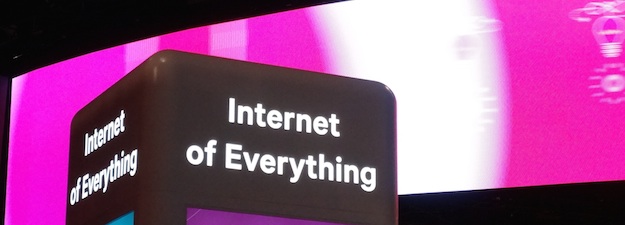
I was asked to moderate a panel on the future of broadband at the Eastern Sierra Connect Regional Broadband Consortium conference in Ridgecrest in January. You can download the presentation here. To set it up, I put three discussion points on the table:
The future will look a lot like the past, because conduit is forever.
If you drive around southern England, or many parts of Europe, you’ll realise that twenty-first century transportation patterns were, to an amazing degree, determined two thousand years ago by Roman civil engineers. Conduit construction runs by the same, unchanging rules. Future broadband deployment will be governed by decisions that have already been made, or are about to be made. We have to get it right the first time.
The future will look a lot like the present, only more of it.
As we move from 4G to 5G mobile networks over the next ten years, the number of access points and cell sites will grow exponentially. That’s just one example. A bewildering array of personal devices, industrial processes and remote monitoring and control applications are already here and multiplying fast.
The future will look like something you’ve never seen, and that’s just the near future
Ericsson’s prediction of 50 billion connected mobile devices by 2020 is looking more and more pedestrian. And 50 billion devices in five years might turn into a trillion in 10 or 20 years. Wired and ad hoc wireless networks will support even more. That flood of data will be collected, correlated and turned around, to be used to manage our world, our lives and even our individual selves. The consequences are unknowable.
